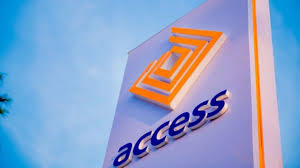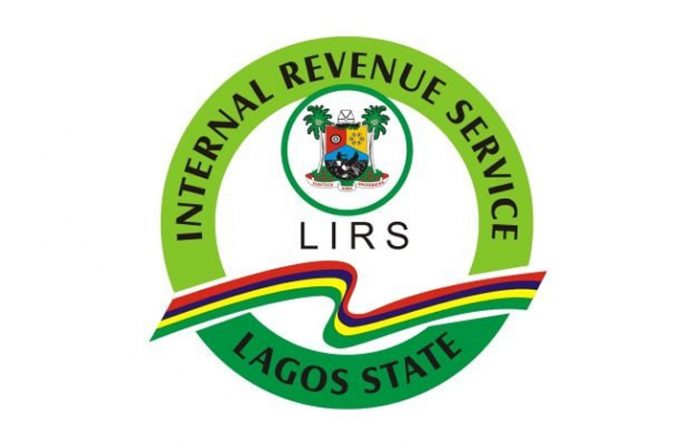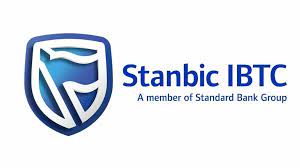Fitch Ratings has affirmed Access Bank Plc’s Long-Term Issuer Default Rating (IDR) at ‘B’ with a Stable Outlook. Fitch has also affirmed Access Bank’s Viability Rating (VR) at ‘b’ and National Long-Term Rating at ‘A+(nga)’.
Fitch has withdrawn Access Bank’s Support Rating and Support Rating Floor as they are no longer relevant to the agency’s coverage following the publication of its updated Bank Rating Criteria on 12 November 2021. In line with the updated criteria, we have assigned a Government Support Rating (GSR) of ‘no support’.
Key Rating Drivers
Access Bank’s Long-Term IDR is driven by its standalone creditworthiness, as expressed by its VR. The VR factors in a leading franchise, healthy loan quality and strong revenue diversification, profitability and liquidity coverage. It also reflects the constraint of a challenging operating environment, aggressive cross-border growth and moderate capitalisation in the context of its risk profile.
Access Bank’s National Long-Term Rating balances its leading franchise and strong financial profile against weaker capitalisation than higher-rated peers’.
Downside to Operating Conditions: Rising global risks will weaken domestic operating conditions. Inflation (16.8% in April 2022) is expected to remain stubbornly high, posing downside risks to our real GDP growth forecasts of 3.1% in 2022 and 3.3% in 2023. However, downside risks are somewhat mitigated by strong oil prices, which should also underpin growth in non-oil sectors and banks’ asset quality.
Leading Franchise: Access Bank is Nigeria’s largest banking group, accounting for 19% of banking system assets at end-2021. Access Bank has acquired several banks in other Sub-Saharan African countries in recent years in line with its African expansion strategy. Fitch expects such acquisitions to continue, strengthening Access Bank’s franchise and geographical diversification. Access Bank has a record of integrating domestic acquisitions but the large number of cross-border acquisitions creates execution risks and may pressure capital.
Significant Credit Concentrations: Single-obligor credit concentration is high, with the 20-largest loans representing 207% of Fitch Core Capital (FCC) at end-2021. Oil and gas exposure (24% of gross loans at end-2021) is material but lower than other domestic systemically important banks’ (D-SIBs). Its sovereign exposure through fixed-income securities and cash reserves at the Central Bank of Nigeria is particularly high relative to FCC (exceeding 450% at end-2021).
Improved Loan Quality: Access Bank’s impaired loans (Stage 3 loans under IFRS 9) ratio declined to 4.3% at end-1Q22 from 6% at end-2019, largely reflecting problem loans inherited through the Diamond Bank acquisition in 2019 being addressed through write-offs and restructurings. Though remaining material, Stage 2 loans have similarly declined to 9.8% of gross loans at end-2021 from 31% at end-2019. Specific loan loss allowance coverage of impaired loans (47% at end-2021) is acceptable in view of collateral coverage of impaired loans.
Strong Profitability: Access Bank delivers strong profitability, as indicated by operating returns on risk-weighted assets that have averaged 3.5% over the past four years. Strong profitability is supported by a wide net interest margin (NIM), strong non-interest income and moderate loan impairment charges (LICs). Profitability has improved moderately in recent years as a result of greater cost efficiency and increased non-interest income.
Moderate Capitalisation: Access Bank’s FCC ratio (14.8% at end-1Q22) is lower than most Nigerian D-SIBs’, reflecting higher balance-sheet leverage. Pre-impairment operating profit is healthy, providing a sizeable buffer to absorb LICs without affecting capital. Group regulatory capital ratios have healthy buffers above impending Basel III requirements but Fitch expects the bank’s unconsolidated CET1 capital ratio to have a tight buffer over the 13% minimum requirement.
Strong Liquidity Coverage: Access Bank has a material reliance on term-deposit funding (43% of customer deposits at end-1Q22), resulting in a higher cost of funding than other D-SIBs’. Depositor concentration is moderate, with the 20-largest depositors representing 19% of customer deposits at end-2021. Liquidity coverage in both local and foreign currencies is strong, mitigating funding weakness.
No Support: Government support to commercial banks cannot be relied on given Nigeria’s weak ability to provide support, particularly in foreign currency. The GSR is therefore ‘no support’, reflecting our view that senior creditors cannot rely on receiving full and timely extraordinary support.
Rating Sensitivities
Factors that could, individually or collectively, lead to negative rating action/downgrade:
A sovereign downgrade would result in a downgrade of the Long-Term IDR given that Access Bank does not meet Fitch’s criteria to be rated above the sovereign.
A combination of an increase in the impaired loans ratio significantly above 10% and aggressive growth at home or abroad that results in very thin buffers over regulatory capital requirements or a sharp decline in the FCC ratio without clear prospects to restore capital would pressure the VR.
Factors that could, individually or collectively, lead to positive rating action/upgrade:
An upgrade of the Long-Term IDR would require a sovereign upgrade and strengthened capitalisation.
Other Debt and Issuer Ratings: Key Rating Drivers
Access Bank’s senior unsecured debt is rated in line with its IDRs as the likelihood of default on these obligations reflects that of the bank. The Recovery Rating is ‘RR4’, reflecting average recovery prospects.
Access Bank’s subordinated debt is rated two notches below its National Long-Term Rating for loss severity, reflecting poor recovery prospects.
Other Debt and Issuer Ratings: Rating Sensitivities
Factors that could, individually or collectively, lead to negative rating action/downgrade:
Access Bank’s senior unsecured debt would be downgraded if the bank’s Long-Term IDR is downgraded.
Access Bank’s subordinated debt would be downgraded if the bank’s National Long-Term Rating is downgraded.
Factors that could, individually or collectively, lead to positive rating action/upgrade:
Access Bank’s senior unsecured debt would be upgraded if the bank’s Long-Term IDR is upgraded.
Access Bank’s subordinated debt would be upgraded if the bank’s National Long-Term Rating is upgraded.
Best/Worst Case Rating Scenario
International scale credit ratings of Financial Institutions and Covered Bond issuers have a best-case rating upgrade scenario (defined as the 99th percentile of rating transitions, measured in a positive direction) of three notches over a three-year rating horizon; and a worst-case rating downgrade scenario (defined as the 99th percentile of rating transitions, measured in a negative direction) of four notches over three years. The complete span of best- and worst-case scenario credit ratings for all rating categories ranges from ‘AAA’ to ‘D’. Best- and worst-case scenario credit ratings are based on historical performance.
ESG Considerations
Unless otherwise disclosed in this section, the highest level of ESG credit relevance is a score of ‘3’. This means ESG issues are credit-neutral or have only a minimal credit impact on the entity, either due to their nature or the way in which they are being managed by the entity.













